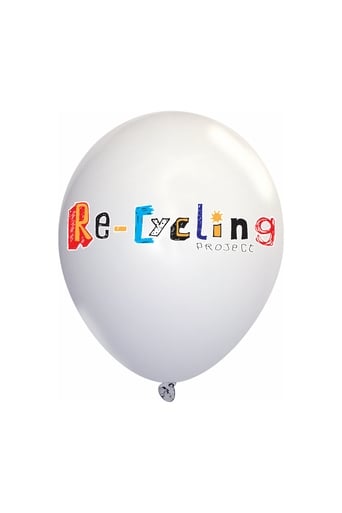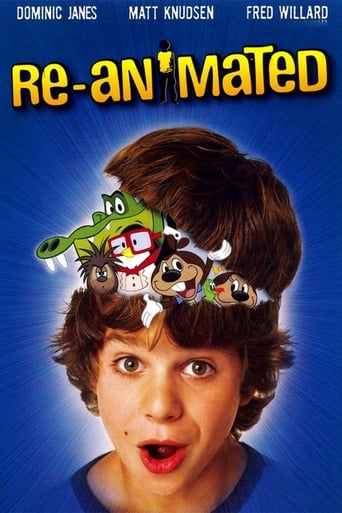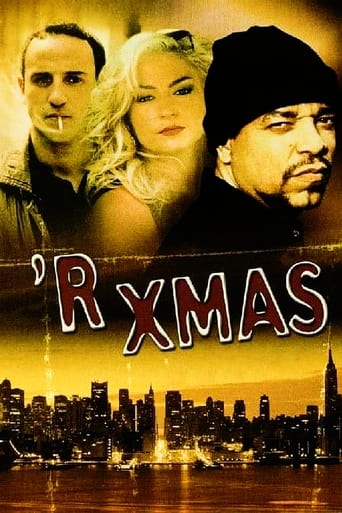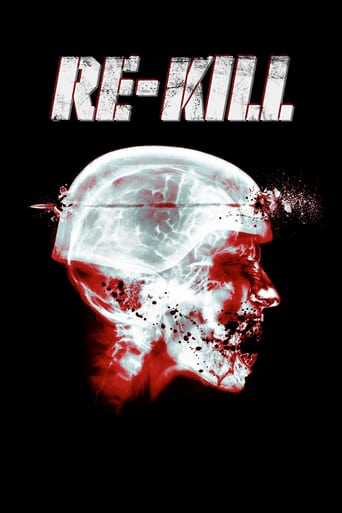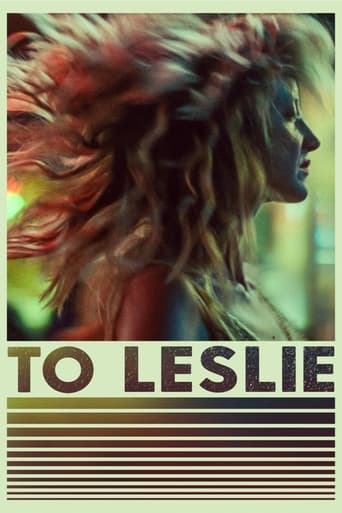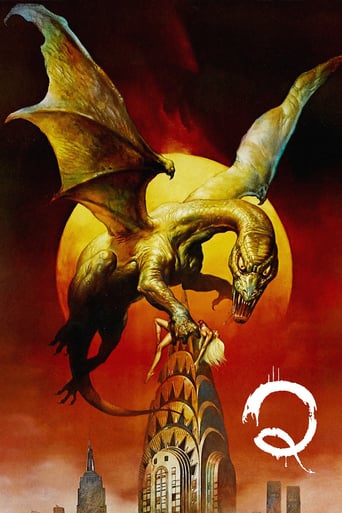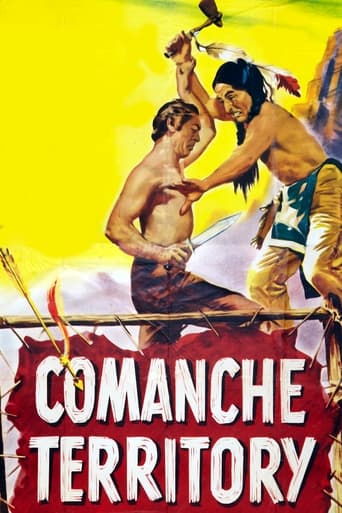


Comanche Territory
Silver has been found on comanche territory and the government accomplished a peaceful agreement with the indians. When James 'Jim' Bowie comes into the scene he finds the white settlers living near by planning to attack the indians although they know about that agreement and the beautiful Katie seems to play a leading role in this intrigue.
-
- Cast:
- Maureen O'Hara , Macdonald Carey , Will Geer , Charles Drake , Pedro de Cordoba , Ian MacDonald , Rick Vallin


Similar titles
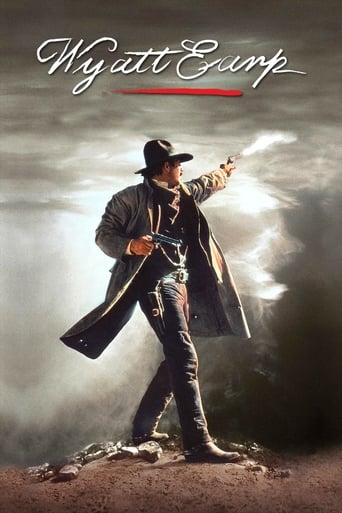


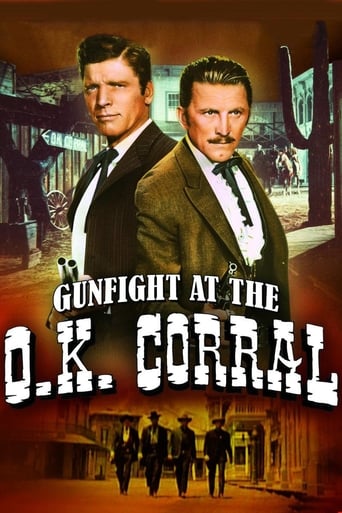
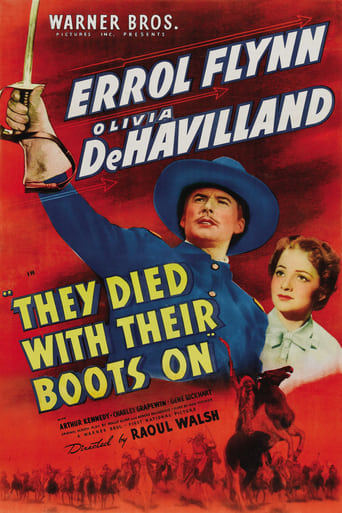
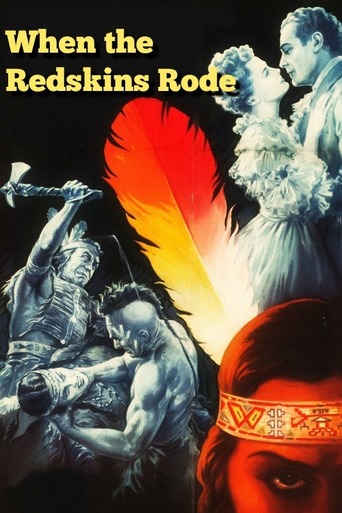
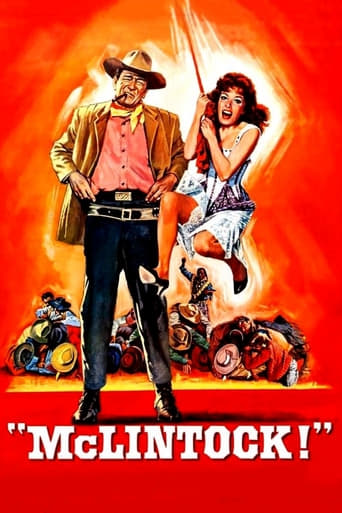
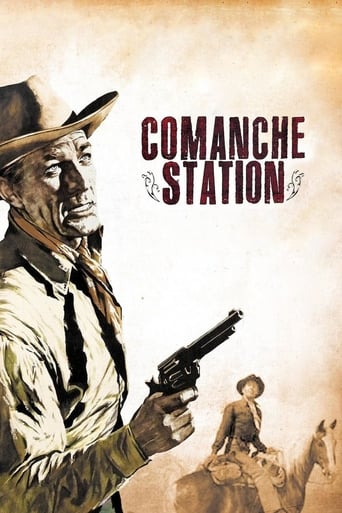

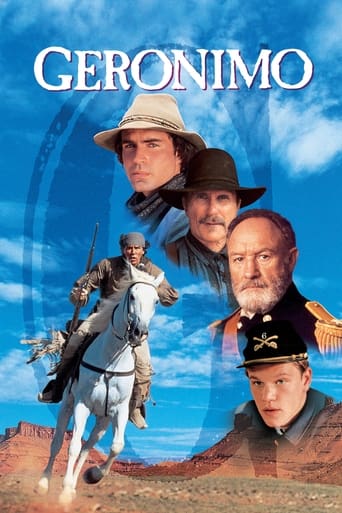
Reviews
Excellent but underrated film
The film makes a home in your brain and the only cure is to see it again.
The film creates a perfect balance between action and depth of basic needs, in the midst of an infertile atmosphere.
This is a coming of age storyline that you've seen in one form or another for decades. It takes a truly unique voice to make yet another one worth watching.
Before Maureen O'Hara got spanked on film by John Wayne for her shrewish behavior, she got kicked in the behind several times by Macdonald Carey(as newcomer Jim Bowie), while pinned under a table in a saloon fight. This was in retaliation for her general hostile attitude toward him and her refusal to cash his bank draft as president of the bank or as owner of the saloon in the frontier town of Crooked Tongue in Comanche territory, presumably somewhere in Texas in the 1830s. Probably, the town name had the same meaning to the Comanche as 'forked tongue': their impression of most Europeans. Well, Maureen, as character Katie Howard, had a right to be angry with this stranger, 'cause he busted up her show of riding from one end of town to the other without spilling 2 mugs of beer on a tray she was holding. He claimed it was accidental, but it didn't look that way to me or her. Also, he addressed her as 'a lady', which she took offense to(apparently preferring to be thought of more like a man). The give and take between Carey, or sometimes another, and Maureen provides most of the humorous aspects of this colorful Technicolor Western. I say colorful because Maureen is quite colorful in both a physical and personality sense. She even gets to sing a folk song in a saloon setting. In addition, the abundant outdoors scenes were mostly shot in the colorful Oak Canyon region, near Sedona, AZ. In several shots, the postcard Cathedral Rocks are clearly in the background.You won't find a character listed in the credits as Davy Crocket, so why do I claim such in my title? One of the main characters is Daniel Seeger, played by Will Geer. In his eastern formal dress and top hat, he doesn't look anything like Fess Parker's later coonskin-capped film Davy Crocket. But he claims to be a long time frontiersman, Indian fighter/trader and sometimes congressman, and sports what looks like a Kentucky rifle. What historical figure who went to Texas and became a friend of Jim Bowie fits this description? Will Geer was quite a diverse character, with a degree in horticulture, a sometimes folk singer and always a willing advocate for radical political reform. In consequence, he would soon be blacklisted as a result of congressional communist witch hunting. But not before acting as Don O'Connor's buddy in the pirate spoof "Double Crossbones".You may not be familiar with Carey as a Western leading man. I was not. He rather reminds me of Ray Milland. He may have lacked the larger-than-life physical image of the top Western leading men, but he proved a scrappy adversary of the evil and wrong-headed elements in this story, and his character eventually managed to make a friend out of Maureen's belligerent character, sealed in the parting shot, which you will like.Now, what's all this talk about treaties between the US government and the Comanches? Remember, Texas at this time was still part of Mexico and would not become part of the US for another decade. Nonetheless, Sam Houston did arrive in Texas in 1833 to try to arrange a treaty between the US and Comanches. Mexican authorities were not amused and booted him out for a while. All the shenanigans in the film about disappearing and prospective treaty papers are pretty silly, although they form an important part of the plot.What's all the fuss about a big silver strike in Comanche territory, that also is the central issue in the plot? I'm not aware of any such historical silver strike. However, it does have a slight historical basis. The real Jim Bowie did lead an expedition to central Texas in search of some diggings by Native Americans and , later, Mexicans, reputed to have yielded silver. But, nothing of consequence resulted. The screenplay story is quite different.Overall, I found this quite an enjoyable film, with lots of humor, colorful characters, both hostile and friendly relations with Comanches, and insider, as well as outsider, badman elements. Most of the Comanches looked like real NAs. Probably, Quisima: the chief, is a corruption of the name of the last free Comanche chief: Quanah, historically relevant not for several decades later. The firearms generally had the look of the flintlocks of this period.Along with "Against All Flags", and "The Redhead from Wyoming", released a couple years later, Maureen's character in this film allows her to be at her most charming shrewish spitfire self, and thus my favorite incarnations of her. Rather reminds me of my wife. Her spars with favorite leading man John Wayne in "The Quiet Man" and the much later "McClintock" may be much better known, but I prefer these two much shorter Universal films, which are now available as parts of cheap DVD sets of some lesser known films of that era.
George Sherman supplements the clichés with humor in "Comanche Territory," another disposable but pleasant dust-raiser with Maureen O'Hara playing her usual red-haired hellion. MacDonald Carey squares off against her over silver and a peace treaty with the Comanche nation. Will Geer is cast as Carey's sidekick, while Charles Drake is O'Hara's less than scrupulous brother. This movie qualifies as a period western since the characters are armed with black powder firearms. Yes, the American Civil War has not happened yet, much less the Alamo. Mind you, Andrew Jackson is President of the United States so it isn't a traditional oater. During the 1950s, westerns adopted a new sentiment that Native Americans weren't always good if they were dead. In other words, the Indians had won the cultural role and western filmmakers didn't utilize them as often as villains. Jim Bowie (MacDonald Carey) is sent into Comanche country to see that the treaty becomes a reality. He encounters former Congressman Dan'l Seeger (Will Geer) who had the treaty stolen from him by the villains. When Bowie and Seeger meet, they have to fight the Comanches. Bowie wins the favor of the Native Americans after facing off with some of them in a knife fight. Indeed, they like the pig-sticker enough that they insist Bowie show them how to make them. "Gunman's Code" lenser Maury Gertsman's cinematography is outstanding, and the real scenery in Sedona, Arizona, is gorgeous. Nothing about the Lewis Meltzer and Oscar Brodney screenplay is really exciting. The characters are shallow and one-dimensional. Carey plays Bowie without gusto, while dependable supporting players like Glenn Strange, James Best, I. Stanford Jolley, and Iron-Eyes Cody get a line or two of dialogue. Altogether, "Comanche Territory" is nothing special.
While this isn't an awful Western, there are clearly deficient aspects here that prevent greatness. The fight scenes don't thrill. The saloon brawl is poorly crafted, and nowhere near as funny as intended. The Comanches are depicted as 'injuns', with whites playing the only speaking parts. The central love/hate relationship between Carey and O'Hara is of the screwball comedy variety, but Carey is no Clark Gable. In addition to the desert scenery, the only other real value this has is historical -- a reminder of whence more recent movies extract their ideas. For example, the imposing presence of the Bowie knife would later be borrowed by the "Rambo" movies.O'Hara is probably the best single feature here, her two-fisted feisty redhead serving as a template for the Nicole Kidmans of the modern era. And the bull whip cracking and fight on the runaway wagon would become ingredients in "Raiders of the Lost Ark".
This film has got quite a few things going for it, first Maureen O´Hara looking her best, the fact that it shows the native Americans as being good people and defending their interests and being absolutely right. The most interesting aspect that I found is the character of Jim Bowie and his famous knife.We see the knife many times, with the details described and we also see how the knife is made. The guns that people carry are also different from your average western, they look older and they carry them in front under their belts. Bowie for example carries his knife in a holster where normally you would put your gun. The colors and scenery are outstanding, and the fact that you see O´Hara punching guys will sure delight the feminists.



